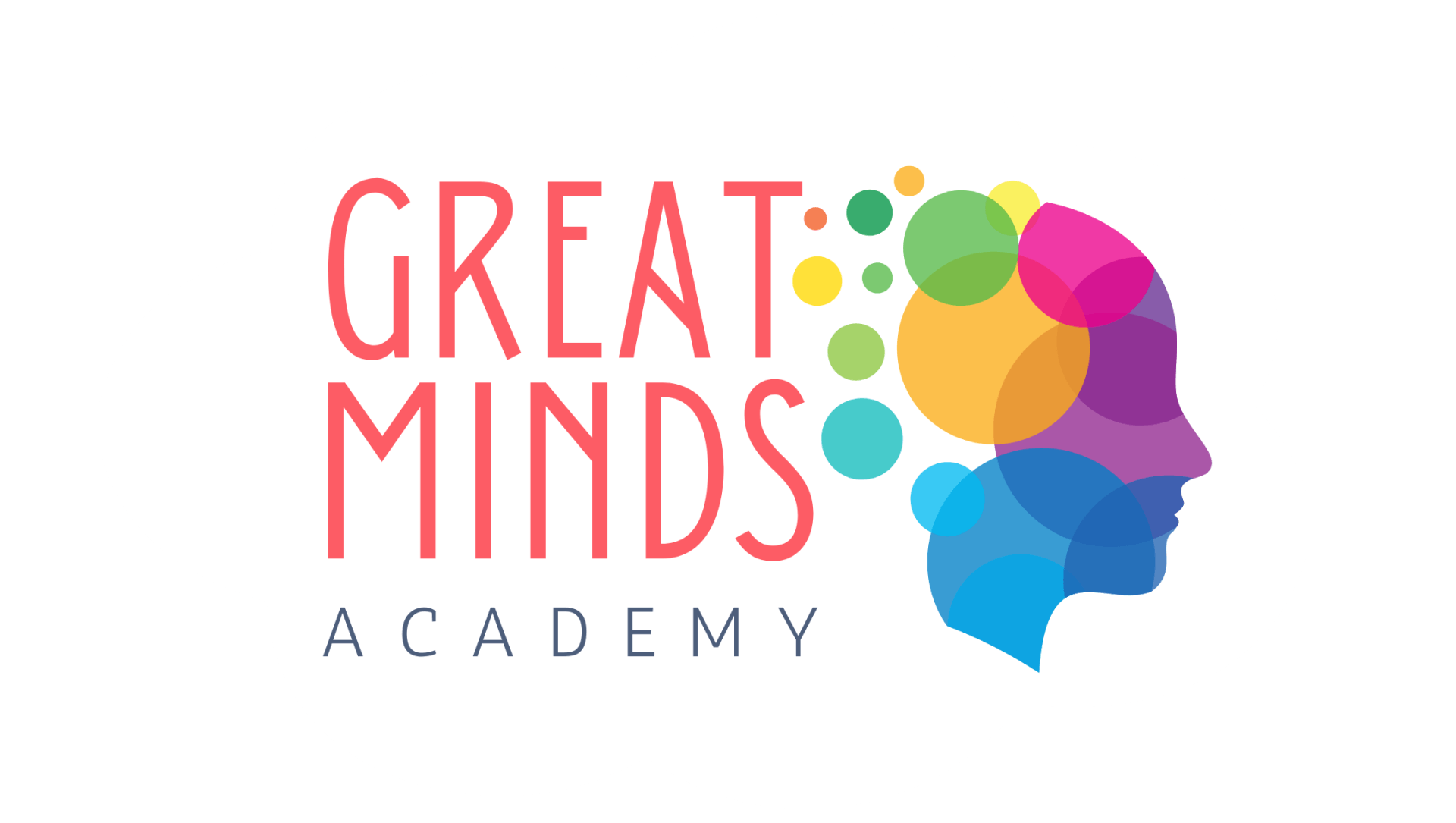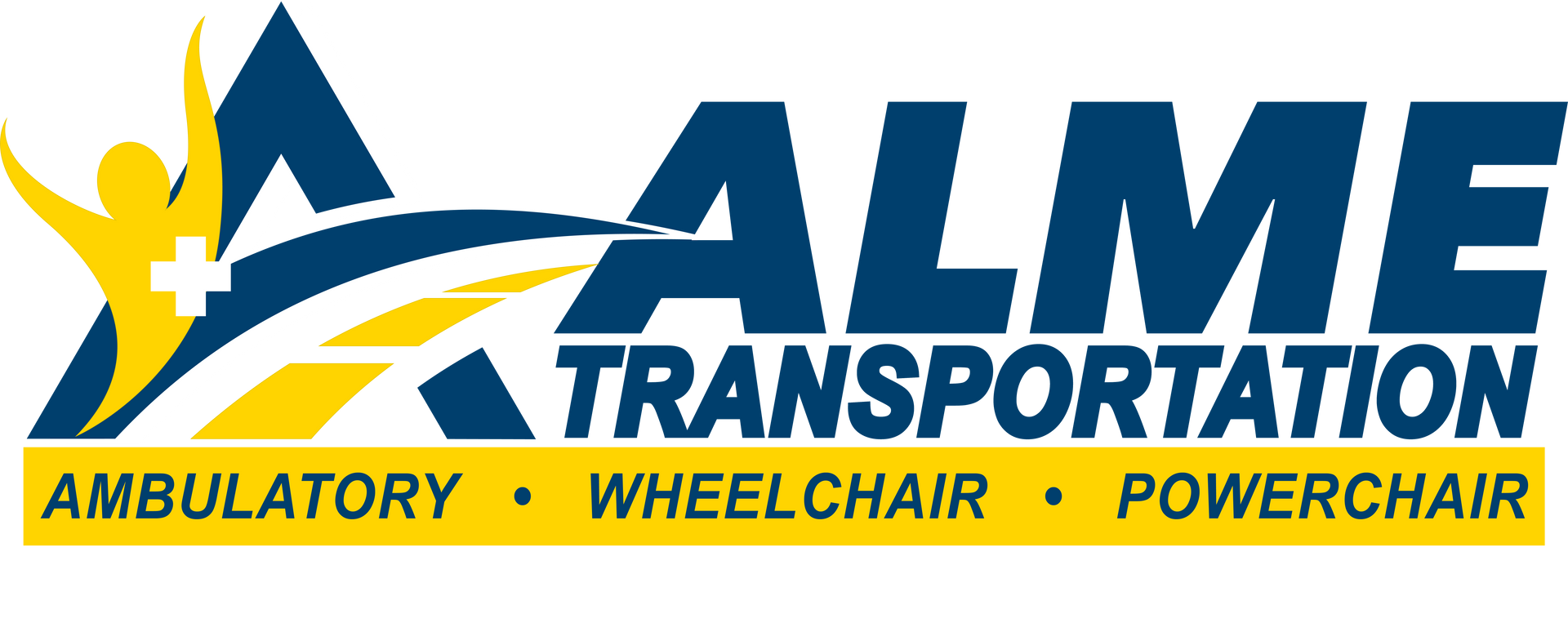Empowering Children with Dyslexia: Effective Strategies for Teaching and Learning
Teaching children with dyslexia requires a tailored approach that addresses their unique learning needs, strengths, and challenges. As educators, parents, and caregivers, it's essential to create a supportive and inclusive learning environment that empowers children with dyslexia to thrive academically and develop confidence in their abilities. Here are some effective tips and strategies for teaching children with dyslexia and helping them unlock their full potential.
1. Understand Dyslexia
Educate yourself about dyslexia and its impact on learning to better support children with dyslexia in the classroom and at home. Dyslexia is a specific learning disability that affects reading fluency, decoding, spelling, and writing skills. Recognize that dyslexia is a neurodevelopmental condition that does not reflect intelligence or effort, and that children with dyslexia have unique strengths and talents that should be celebrated.
2. Provide Multisensory Instruction
Implement multisensory teaching techniques that engage multiple senses (visual, auditory, kinesthetic) to enhance learning and memory retention. Use hands-on activities, visual aids, manipulatives, and interactive technology to reinforce reading, spelling, and writing skills. Incorporate movement, music, and games into lessons to make learning fun and engaging for children with dyslexia.
3. Break Tasks into Manageable Steps
Break down learning tasks into smaller, more manageable steps to prevent overwhelm and promote success. Scaffold instruction by providing clear instructions, modeling strategies, and offering guided practice before expecting children to work independently. Use visual organizers, checklists, and graphic organizers to help children organize information and track their progress.
4. Teach Phonemic Awareness and Phonics
Focus on developing phonemic awareness and phonics skills, which are foundational for reading and spelling success. Provide explicit instruction in recognizing and manipulating individual sounds (phonemes) in words, as well as linking sounds to letters and letter combinations (phonics). Use multisensory approaches such as sound blending, syllable segmentation, and word building activities to reinforce phonemic awareness and phonics concepts.
5. Use Assistive Technology
Integrate assistive technology tools and resources to support reading, writing, and organization skills for children with dyslexia. Explore text-to-speech software, speech recognition programs, audiobooks, electronic dictionaries, and word prediction tools to facilitate reading comprehension, written expression, and independent learning. Provide access to digital platforms and apps designed specifically for learners with dyslexia.
6. Foster a Growth Mindset
Promote a growth mindset by encouraging children with dyslexia to view challenges as opportunities for growth and learning. Emphasize the importance of effort, perseverance, and resilience in overcoming obstacles and achieving success. Celebrate children's progress and achievements, no matter how small, and encourage them to set realistic goals and celebrate their accomplishments along the way.
7. Provide Emotional Support and Encouragement
Offer emotional support and encouragement to children with dyslexia by creating a nurturing and accepting environment where they feel valued and respected. Foster positive self-esteem and self-confidence by focusing on children's strengths, interests, and accomplishments. Encourage open communication, active listening, and empathy, and provide opportunities for children to express their feelings and concerns in a safe and supportive space.
Conclusion
In conclusion, teaching children with dyslexia requires patience, understanding, and specialized instructional strategies that address their unique learning needs and strengths. By providing multisensory instruction, breaking tasks into manageable steps, teaching phonemic awareness and phonics, using assistive technology, fostering a growth mindset, and providing emotional support and encouragement, educators, parents, and caregivers can empower children with dyslexia to succeed academically and develop confidence in their abilities. With targeted intervention and support, children with dyslexia can overcome challenges, unlock their potential, and thrive in school and beyond.
Visit our partners:








